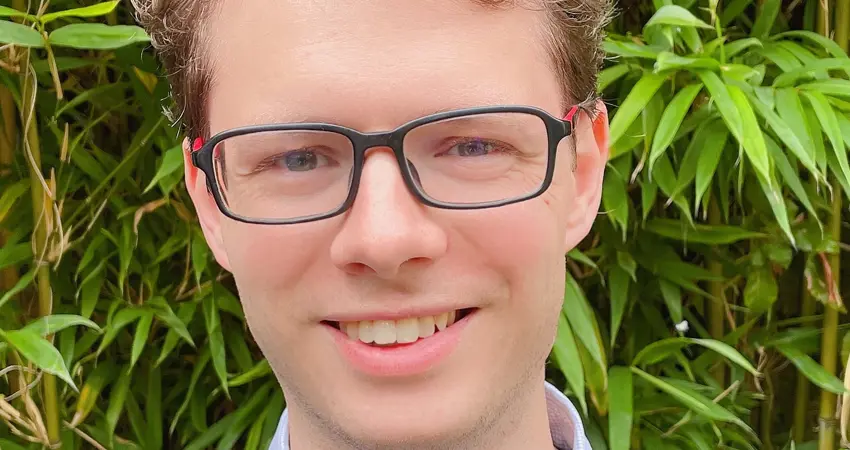22 Nov 2023
Professor Wouter Mostert receives award for collaborative paper explaining mechanisms of tiny bubbles in ocean waves
The American Physical Society Division of Fluid Dynamics’ Francois Frenkiel award is given to young investigators in recognition of significant contributions to Fluid Mechanics

The APS Division of Fluid Dynamics awards The François Frenkiel Award to young investigators in recognition of significant contributions to fluid mechanics that have also been published during the previous year in the Physical Review Fluids journal. The selection of the winner is determined by the Frenkiel Award Committee and is presented each year at the DFD Annual Meeting in November.
The winning paper, 'Capillary driven fragmentation of large gas bubbles in turbulence', was written by Professor Wouter Mostert and colleagues from multiple other institutions, and published in Physical Review Fluids in August 2022.
Professor Mostert says, “I’m very excited about our article receiving this recognition; I formulated and ran the high-resolution numerical simulations which constitute much of the evidence for the theory, and which are the focus of our work here at Oxford. The fabulous experimental work is due to Daniel J Ruth (now at ETH Zürich) together with guidance from Luc Deike (Princeton). Aliénor Rivière, under the leadership of Stéphane Perrard at ESPCI Paris, tied it all together and formulated the theory, and presented the work at the 2023 APS DFD conference in Washington DC. It all made for a comprehensive study which I think constitutes a great example of a combined-approach project.”
Professor Mostert joined the University of Oxford in 2021, where he works within the Environmental Fluid Mechanics Research Group, focusing on air-sea interaction, momentum and energy due to wave breaking, and the associated dynamics of bubbles and droplets.
He explains, “In turbulent, bubbly flows, like those seen under breaking ocean waves, there are many tiny bubbles that appear apparently for no good reason, given what we know about how bubbles break up in turbulence. It’s important for us to understand these bubbles because it tells us about how the ocean takes up carbon dioxide from the atmosphere, for example. Our paper was able to finally explain the mechanism of how these tiny bubbles come about. “




